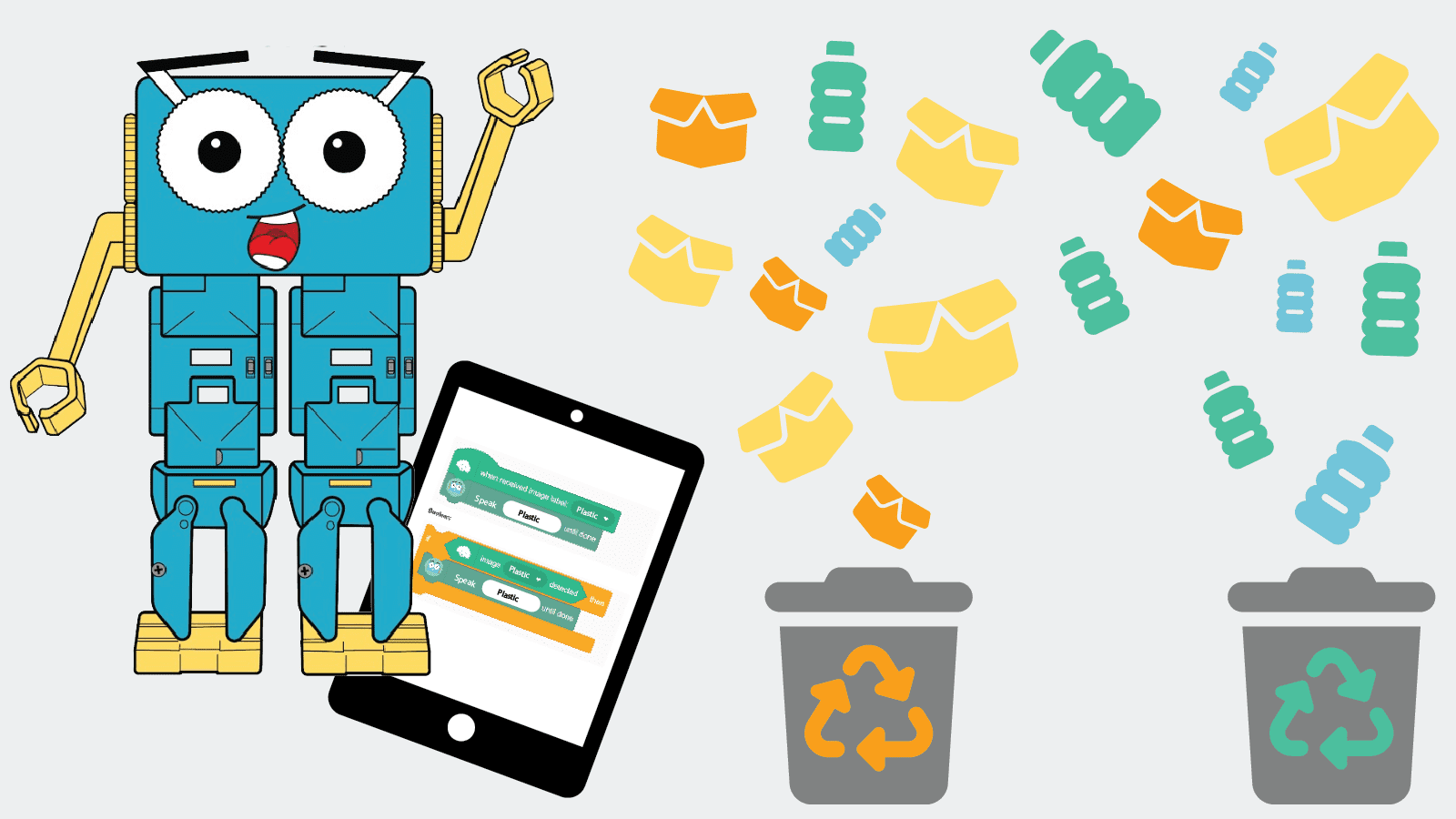In a world facing unprecedented environmental challenges, Learning for Sustainability, or Education for Sustainable Development, has become more and more important. It’s a concept that goes beyond traditional education; it’s a comprehensive approach that aims to equip students with the skills, knowledge and motivation to address global sustainability issues. At its heart, its goal is to nurture an appreciation for the links between environmental, social, and economic systems. It promotes critical thinking, empathy, and a strong sense of accountability toward both the Earth and its inhabitants.
In this blog post, we will explore the importance of learning for sustainability and how it can pave the way for a brighter and more sustainable future.
Why Learning for Sustainability Matters to Students

Taking Care of the Planet:
Learning about sustainability helps students understand their responsibility in caring for the environment. They can see how their choices impact the planet and learn how to make better decisions that reduce their carbon footprint.
Being Global Citizens:
In today’s world, students are all connected, and it’s important for them to appreciate the diversity of cultures and understand their role in solving global problems. Learning about sustainability encourages students to work together with people from all over the world.

Being Resilient:
Learning for Sustainability teaches students how to adapt to our fast changing world. It’s not just about solving problems but also about thinking creatively and finding new ways to tackle challenges; useful skills needed to make their communities and their futures stronger.
Improving Their Lives:
Sustainability isn’t only about saving the planet; it’s also about making students’ lives better. When they learn how to use resources wisely, whether it’s in farming, city planning, or healthcare, they can create healthier and fairer communities where everyone can enjoy a better quality of life.
Teaching Sustainability with Robotics
The topics of sustainability and technology share many of the same learning benefits, and there are several ways to blend sustainability and STEM learning. Combining these two subjects is an innovative and engaging approach that can captivate the minds of students while imparting essential knowledge and skills of subjects that are vital for their future.

The Power of Hands-On Learning
One of the primary advantages of using robotics in sustainability education is its hands-on nature. Students get to program, and interact with robots, making the learning experience engaging and memorable. Robotics takes abstract sustainability concepts and brings them to life in a tangible way.
Consider a robot like those used at Recycleye, for instance. Students can mimic these waste sorting robots by using Marty’s Teachable Machine Extension to sort waste into recycling types. As they program Marty to identify and sort recyclables from non-recyclables, they not only gain technical skills but also develop a strong sense of responsibility for waste reduction and proper disposal. This hands-on experience helps students grasp the tangible impact they can have on reducing their ecological footprint.

(Find out how to use Marty’s AI / Machine Learning extension here. Using this extension, you can “train” Marty to react using sounds or movements to different types of recyclable materials.)
Problem-Solving and Critical Thinking
Robotics projects require students to think critically and problem-solve. They encounter real-world challenges in building and programming robots, mirroring the complex nature of sustainability issues. Through both topics students learn to analyze problems, design solutions, and iterate on their designs—a valuable skill set for tackling sustainability challenges.
Global Citizenship
In an increasingly interconnected world, robotics projects can foster a sense of global citizenship. Students can collaborate and meet with students through international robotics initiatives, like our 2023 Global Marty Challenge for example. Collaborating and competing with students from diverse backgrounds and cultures encourages them to appreciate the importance of working together on solutions. It promotes empathy and a sense of shared responsibility.
Find our lessons and activities on sustainability and the environment here, or to sign up for a free two-week trial with Marty here.



Other posts you may like
Why Probeware Matters in Science Education
In today’s classrooms, hands-on learning is essential. Students learn best when they can see, measure, test, and experience concepts directly. That’s where probeware comes in. By giving learners the tools...
Raspberry Pi and Marty the Robot
Marty doesn’t require a Raspberry Pi to be programmable in unplugged mode, Blocks Jr, Blocks, or python, but it is super-easy to add a Raspberry Pi computer to Marty the…
The Importance of Physical Computing: Why Hands On Coding Matters
What is physical computing? Physical computing is the use of code to control and interact with devices in the real world. Instead of running programs only on a screen, students...
TRY MARTY
FOR FREE
Are you looking for new STEM resources for your classroom? Robotical are loaning Marty the Robot to schools for no-obligation, 2 week trials.